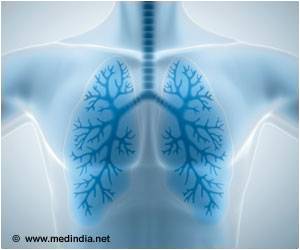A study on seven Chinese factory workers developing severe lung damage from inhaling nanoparticles has triggered off debate over the environmental-health effects of nanotechnology.
A study on seven Chinese factory workers developing severe lung damage from inhaling nanoparticles has triggered off debate over the environmental-health effects of nanotechnology.
According to a report in Nature News, the study claims to be the first to document cases of ill health caused by nanoparticles in humans."The study raises the bar for doing appropriate research as fast as possible to find out where the dangers might lie when working with nanomaterials," said Andrew Maynard, a nanotechnology expert at the Woodrow Wilson International Center for Scholars in Washington DC.
The study described seven women, aged 18-47 years, who worked in an unidentified printing factory in China. Two of them later died.
They all had pleural granulomas, ball-like collections of immune cells in the lining of the lung that form when the immune system is unable to remove a foreign body.
They also had excessive, discolored fluid in the lung lining. Particles around 30 nanometres in diameter were found in lung fluid and tissue.
According to the study, the symptoms were caused by inhaling fumes produced when the workers heated polystyrene boards to 75-100 degrees Celsius.
The workroom, of around 70 square meters, had one door and no windows. The ventilation unit had broken down five months before symptoms started to manifest, and the door had been kept closed to keep the room warm.
Electron microscopy found nanoparticles around 30 nanometers in diameter in the paste and in dust particles that had collected at the inlet of the broken ventilation unit.
"It is obvious the disease is not due to microparticles or vapors, because the pulmonary epithelial cells are full of nanoparticles," said lead author Yuguo Song, a clinical toxicologist at Beijing Chaoyang Hospital.
Maynard said that the symptoms seen in the patients are "similar" to those seen in animals exposed to nanoparticles.
He added that damage to the areas surrounding the lungs suggests that larger particles are not to blame, as these tend to be constrained within the lungs.
Source-ANI
ARU
 MEDINDIA
MEDINDIA



 Email
Email






